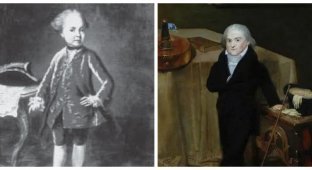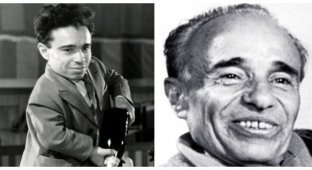Small, but remote. This man proved by personal example that growth and becoming a political career are not the main thing. 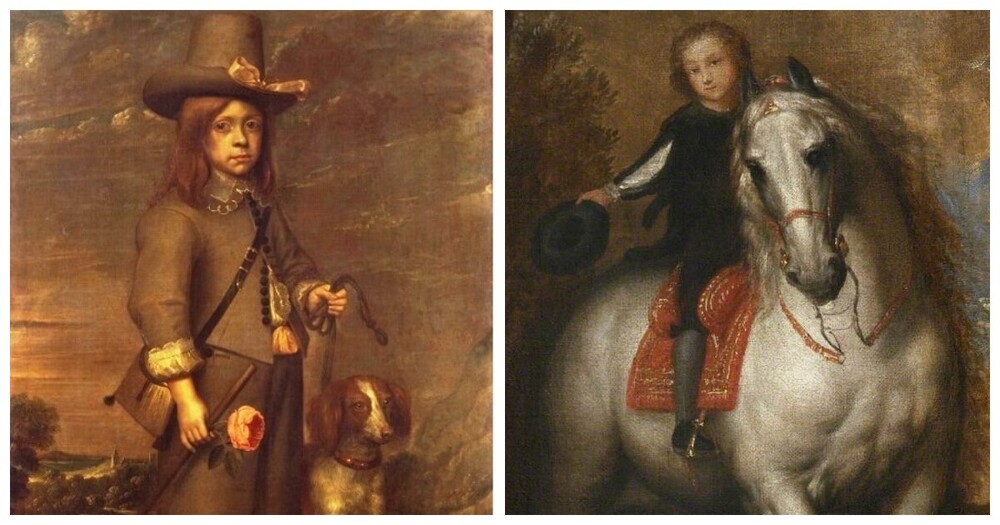
Jeffrey Hudson's story is unique. The tiny man, known as Lord Minimus and considered one of the wonders of the century, was a royal courtier who fought in the English Civil War, killed a man in an illegal duel, was convicted and spent more than 25 years in slavery. 
Geoffrey Hudson was born into a couple of average height in England's smallest county, Rutland, on June 14, 1619. All his three brothers and half-sister were quite ordinary, of average height. And Jeffrey’s miniature but ideal proportions quickly became obvious against their background.
His father looked after the cattle of the Duke of Buckingham, George Villiers 1st, and on his seventh birthday young Geoffrey Hudson was presented to the Duchess of Buckingham as a beautiful natural curiosity. The Duchess was so captivated by the little man, who was only 18 inches (45 centimeters) tall, that she invited him to join the family. His father approved the proposal. Just a few months later, the Duke and Duchess hosted King Charles and Queen Henrietta in London. At the height of the celebration, during a luxurious banquet, a cake was placed in front of the queen. Jeffrey emerged from the dessert, wearing tiny armor, to the amazement of everyone present. 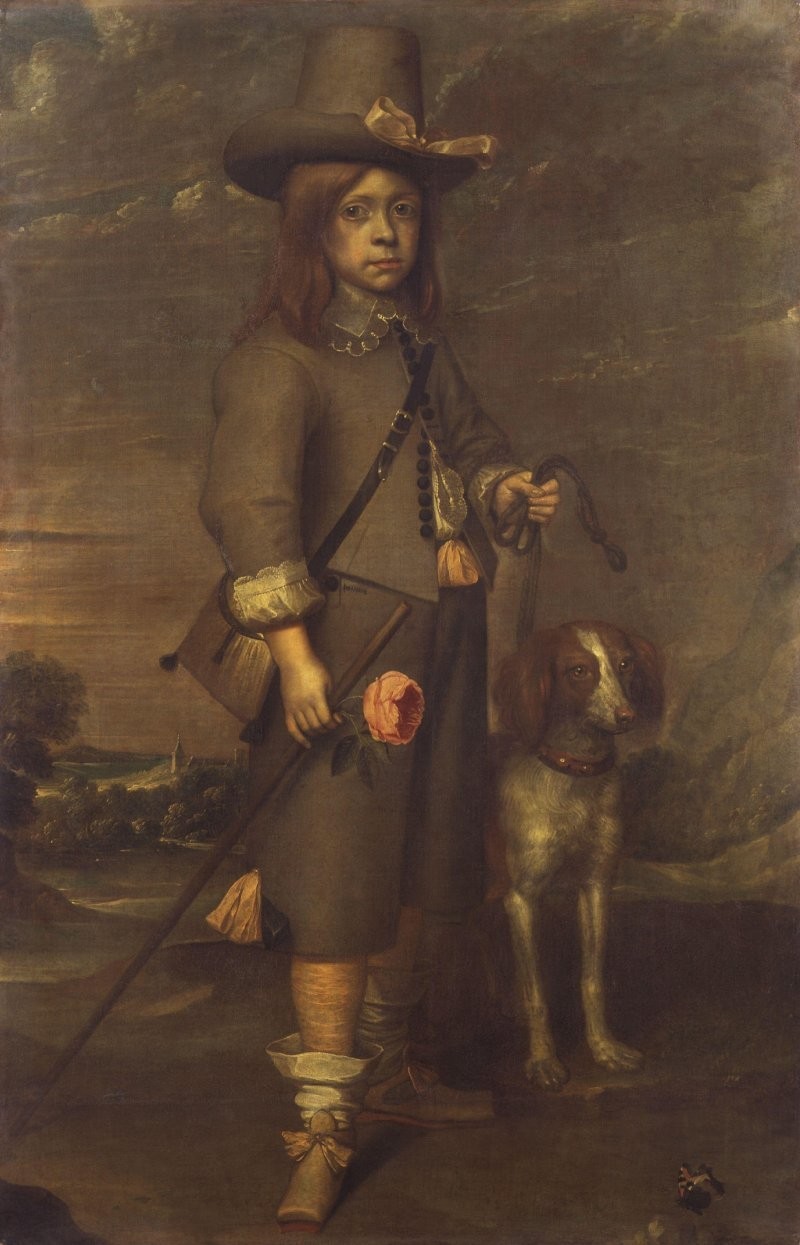
The Queen was known for her love of rarities and curiosities. And Jeffrey simply had to become part of her collection. Geoffrey was invited to the palace, and in 1626 he agreed, moving to London's Denmark House. Geoffrey was one of several living wonders who lived in Denmark. His housemates included the Welsh giant William Evans, as well as two other dwarfs.
It is important to note that dwarfs were not uncommon in the royal courts of Europe, but Geoffrey's dwarfism was rare and unique. His ideal proportions were most likely due to hypopituitarism - a lack of growth hormone, which gave him the appearance of a miniature man, without body defects. In the common understanding, he was a dwarf, in medical language - a pituitary dwarf. Geoffrey turned out to be a charming, humorous and easy-going boy and quickly became a favorite member of the Queen's court, as well as a favorite of craftsmen and writers. In his early years, the baby was glorified in several poems and stories. 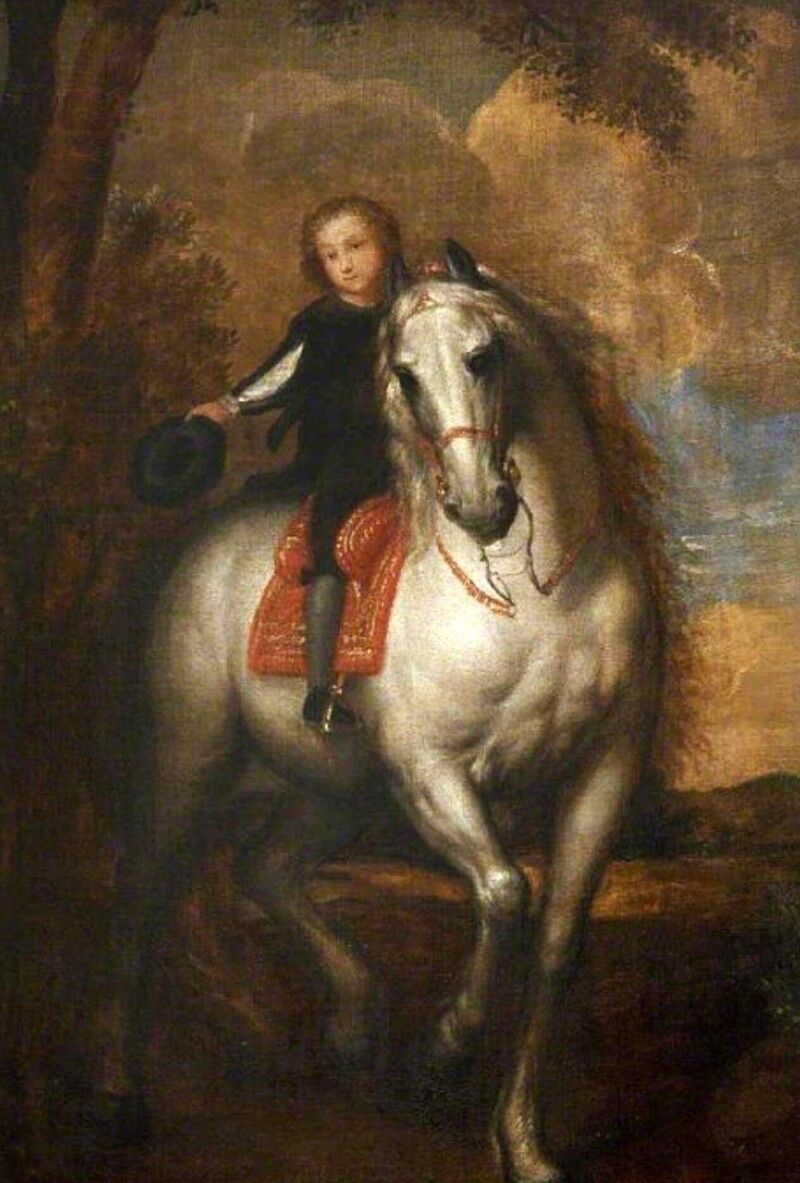
Geoffrey was educated in the queen's household and learned court manners. He was raised Roman Catholic at home and learned to ride a horse and shoot a pistol. Initially, he was something of a jester, but as he grew older, demonstrating intelligence and intelligence, he began to serve at court in diplomatic affairs. In 1630, he was included in the mission sent to the queen’s homeland, France, and in 1637 he went to the Netherlands.
By 1642, relations between King Charles and Parliament had deteriorated, and armed conflict broke out between the Royalists and the Parliamentarians. While Charles led the Royalist army, the Queen and Hudson returned to the Netherlands to raise money and support for King Charles. When they returned to England, they found the country in the midst of a full-scale civil war.
They were able to join the Royalist forces at Oxford, and there Hudson was given the rank of captain by the Queen, and Captain Geoffrey Hudson supposedly commanded the troops on cavalry raids.
By 1643 it became obvious that England was no longer safe for the queen, and Hudson accompanied her to France and later helped found a new court in exile at Nevers. By this time, Hudson had shed his former clown reputation and took his rank and social position quite seriously. He did not tolerate insults or entertainment at his own expense, and when the brother of William Crofts insulted him, he challenged him to a duel. Hudson selected pistols, mounted his horse and shot Crofts in the head.
Despite winning the duel, this episode turned out to be disastrous for Hudson. Dueling was prohibited in France, and the murder of Crofts was seen as a violation of the country's hospitality. In addition, William Crofts, who served as the head of the royal life guard, was beside himself with rage and appealed to the queen with a request to restore justice. The Queen herself was both embarrassed and outraged by Hudson's outburst and subsequently excommunicated him from court. 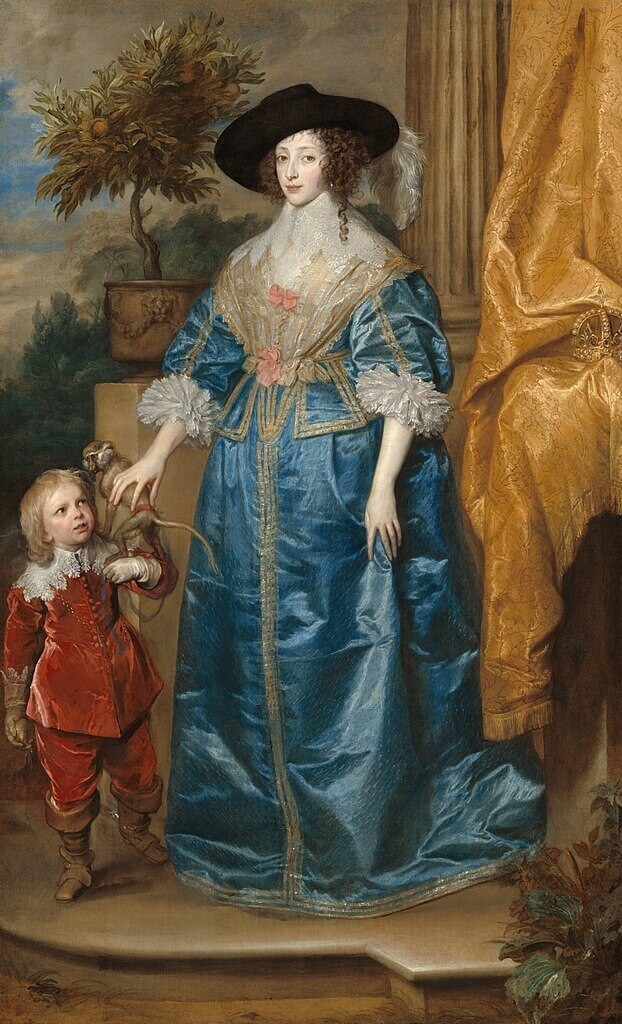
Queen Henrietta with the dwarf Geoffrey. Painting by Anthony van Dyck
Hudson's life continued to go downhill, and soon after leaving he found himself aboard a ship captured by Barbary pirates. Muslim pirates were well known for raiding the coasts and sea routes of Western Europe for loot and slaves, and as was their custom with European captives, Hudson was sent to North Africa as a slave. There the little man spent the next 25 years of his life working.
The date and circumstances of his rescue are unknown, but in the 1660s several missions were sent from England to Algeria and Tunisia to ransom English captives. During one of these routine missions, Captain Geoffrey Hudson was probably among a group of slaves whose freedom was being negotiated. The first documentary evidence of his stay in England was made in 1669.
After his return, Hudson changed. The most remarkable thing was that during his captivity he gained forty-five inches in height. Such growth spurts are not uncommon in cases of pituitary dwarfism, but the increase in height was not a blessing for Hudson, since he was now just a runt, not a tiny miracle. 
Hudson monument at Longleat Estate in Wiltshire
There are few records of Hudson's life between 1669 and his death in 1682, probably because he was no longer unique. He apparently received several cash grants from the Duke of Buckingham and the new king Charles II. In 1676 he returned to London in person, desiring a pension from the royal court. The timing of this was unfortunate, since he arrived during a period of intense anti-Catholic activity. He was imprisoned in Gatehouse Prison for the "crime" of being a Catholic and was not released until 1680.
The wonder of the era, Captain Jeffrey Hudson, died just a couple of years later, penniless. The exact date and circumstances of his death, as well as the place of his burial, remain unknown.
Add your comment
You might be interested in:













